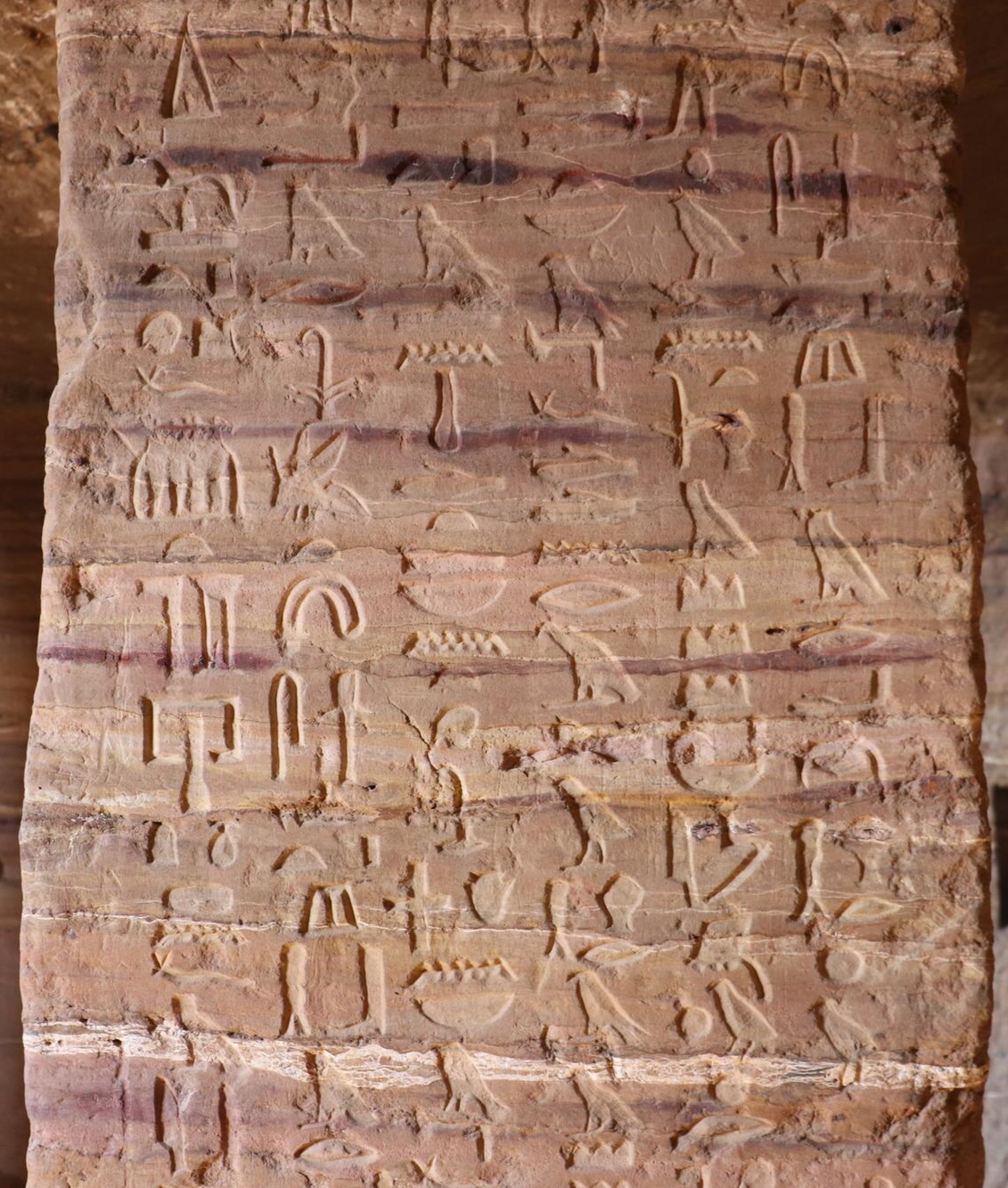Clay Books
Recordkeeping in the Humid Island of Chattana
The people of the Island of Chattana have never had a great system of records. Each City-State and Nomadic group originally had their own form of archiving, and the difficulty is greater for the Island than for other Sovereign nations around the Coral Sea due to the high humidity of the jungle being completely surrounded by the ocean. Anything made with paper, imported from the Empire of Rosenburg, rots too quickly to be of any use.
Most nomadic groups use an oral system of recordkeeping, but the City-States each have their own written system. Heigg uses a form of stone cuneiform, where special chisels are used to gouge records in stone. Mnema has moved past the cuneiform and created earthenware slabs that can have carved letters and sigils pressed against the wet clay to preserve writing. Coralon uses a form of wood-burning that only works against polished wood from the petrified trees that line the coast of Chattana. They use the same alphabet for all these techniques, a hybrid system that is a combination of the Rosenburg alphabet (established when the Empire of Rosenburg set their own language up as the Trade language in the Coral Sea) and pictorals glyphs unique to the Island of Chattana. Most people from nomadic groups are taught to read as well, even if they don't have a formal written archive. Other common mediums to host temporary writing (not writing intended for long term archives) include embroidery, leather burning, woodcarving, and painting.
This all changed when the City-State of Mnema invented a way to make ultra-thin earthenware "paper" like that used by most of the other Sovereign Nations of the Coral Sea. Mnema has the most advanced chemical technology out of any of the peoples of Chattana, and it is one of the most advanced in the entire region. Only the Alchemy of the Rosenburg Empire can compare, although Mnemic chemistry and Alchemy have very different functions. Mnemic chemistry is focused more on practical uses - chemical reactions that heat water on demand or curating highly effective fertilizers - while Alchemy is more academic and focuses on the theoretical and superfluous - converting one substance to another or creating tinctures and elixirs for cosmetic purposes.
These sheets of clay "paper" soon found many uses: record keeping, books, and signposts, among others.
Utility
The clay sheets could be stored damp and remained soft enough for months to carve words with a simple stylus. After drying, the sheets were thin enough and light enough to be bound into books for storage. They were hardy and able to withstand cold, heat, damp, and physical injury. They could, however, still be broken under the right circumstances. The most common reason for breaking a clay sheet was to snap a marriage tablet in two, signifying a divorce.
After the clay books were in use for a couple of years within the archives of Mnema, people realized they could be used for other purposes and the clay sheets became more readily available to the general population. People used them to write down family stories, keep track of supplies in the City-State's coffers, and copy out the laws so that everyone could read them. However, people soon grew tired of having to carve words into each sheet, and they began to pre-dry sheets to paint on them instead. Painting was a more common art form in Heigg, where fabrics painted with unique patterns were popular, but it still existed in Mnema. Painting the clay sheets was a lot easier than carving them and provided a greater range of expression, including colors.
Manufacturing
High Elder Kaia mixed an essence isolated from one of the species of mushrooms farmed in the Mnematsia mushroom fields with clay, which allowed it to retain a much higher percentage of water than the clay was normally able to and create a clay slurry. Using a couching process as described in a papermaking manual she received from an Imperial trader, she was able to design a mesh table to create large sheets of clay that she could then cut into smaller sheets the size of their old tablets.
Social Impact
The 23rd Leader of Mnema, High Elder Kaia's son Wisson, found a unique way to utilize these clay sheets for day to day communication. He hung signposts around Mnema with large sheets of the pre-dried clay, and when he had proclamations that needed to go out to the entire city, he would send his scribes out to paint the message on the signboards. People could also respond to the proclamations, or communicate with each other, by painting on the signposts. When it was time for the next message, the scribes would spray them with a special chemical isolated from the bile of a jungle boar, which completely removed the paint, and they would be able to reuse them for the newest proclamation. These signposts outlasted Wisson’s rule and are still in use in Mnema to this day.
In Mnema, the High Elder is in charge of keeping all birth records, death records, adoption records, criminal records, and marriage records, which were previously kept on the clay tablets. Clay "paper" was invented by the High Elder Kaia of Mnema when her arthritis became too painful for her to use the clay pressing tools.
This technology, while still relatively rare outside Mnema, has started trickling outside of the City-State borders, and even the borders of Chattana, and is expected to completely change the field of recordkeeping in humid coastal and tropical areas.



